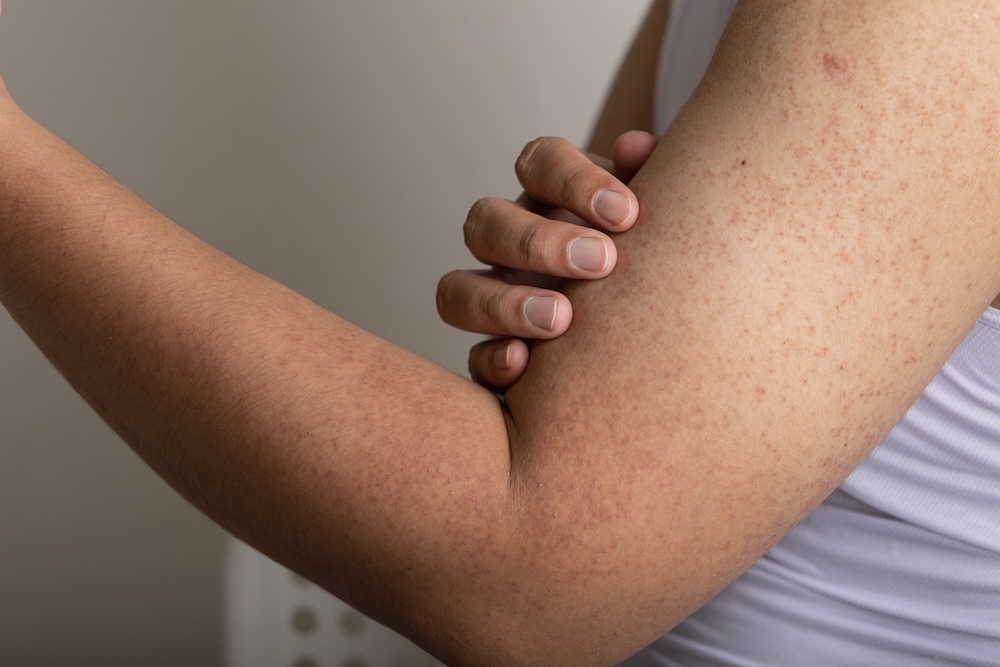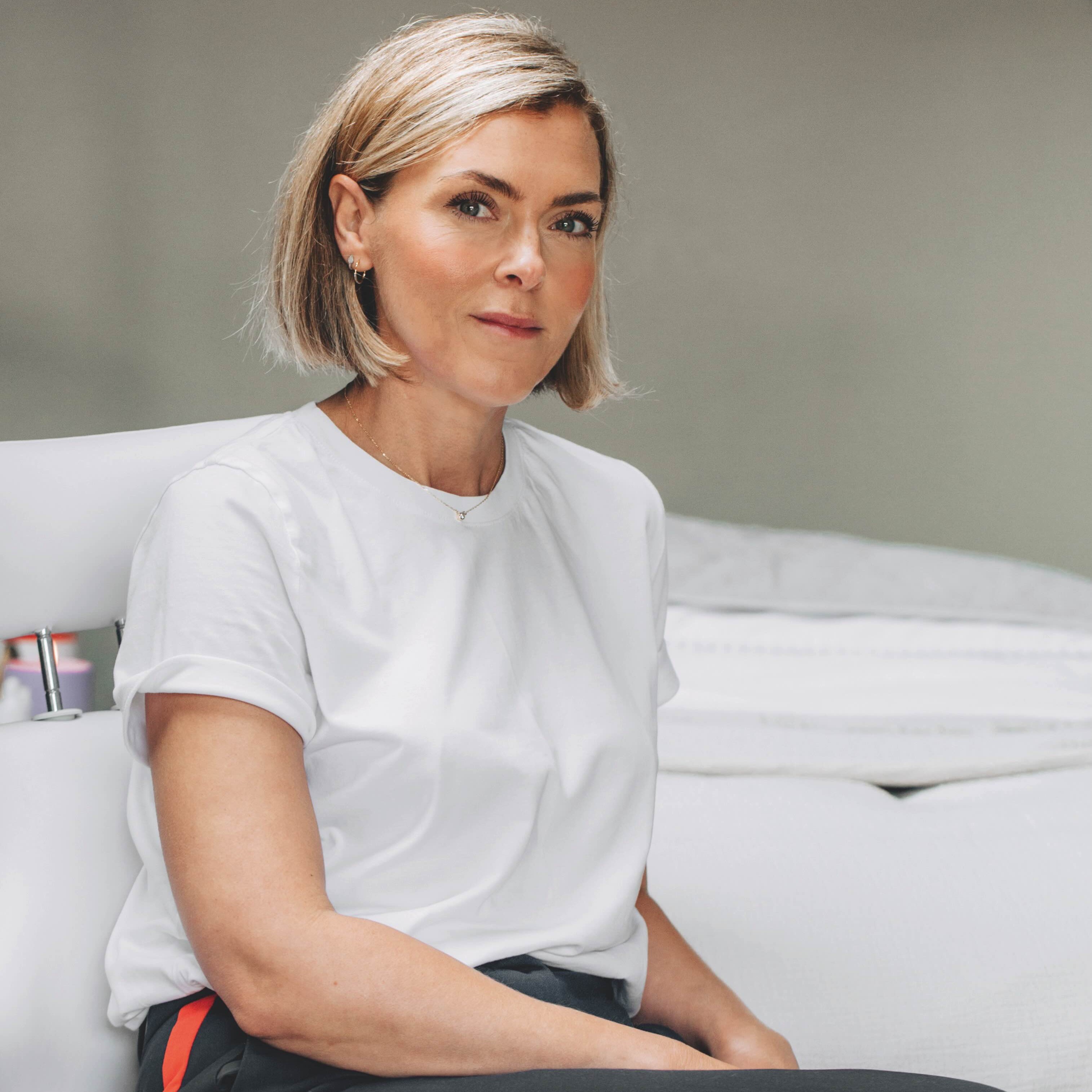Why azelaic acid is the multitasking skincare ingredient every therapist should know
Azelaic acid has become a hero ingredient in professional skincare thanks to its ability to treat multiple concerns at once.
From acne and rosacea to pigmentation and post-treatment healing, this dicarboxylic acid offers results without the irritation often associated with other actives.
What is azelaic acid?
“Azelaic acid is a dicarboxylic acid that can be derived from grains like barley, wheat and rye. However, the lab-engineered form is typically used in skincare formulas because of its greater stability and effectiveness,” explains Laura Morgans, commercial director of My Skin Chemistry.
She adds, “The ingredient is typically well tolerated by all skin types, even by those with sensitive skin. Azelaic acid is a great treatment for an array of skin concerns.”
How does azelaic acid work?
According to Laura Ford, head of education at Medik8, azelaic acid stands out from other acids because of its three major modes of action.
“With three major modes of action, azelaic acid is ideal for blemish-prone skin. Firstly, it is able to stop the growth of P. acnes, the blemish-causing bacteria which exacerbates imperfections.
“On top of this, it can normalise the skin-shedding cycle. This helps to stop the plugging of a pore which can lead to blemishes.
“Finally, azelaic acid is a potent anti-inflammatory which reduces the redness associated with sore and inflamed blemishes.
“Azelaic acid can even target overactive melanocytes, the skin cells which produce pigments, to reduce post-inflammatory hyperpigmentation after blemishes have healed.”
Ford continues, “Azelaic acid regulates skin cell turnover, unclogging pores, reducing inflammation and inhibiting melanin production.
"Its effectiveness stems from its ability to address multiple concerns: its antibacterial properties combat acne, its anti-inflammatory action soothes rosacea, and its tyrosinase inhibition targets hyperpigmentation.”

Key skin concerns azelaic acid targets
Acne
Morgans says, “Concentrations of azelaic acid above 10% are useful for the treatment of the acne-causing bacteria propionibacterium acnes and staphylococcus.
“A study showed that the use of azelaic acid for three months led to remission in 64% of acne patients.
“If the treatment continues for six months, the acidic efficacy becomes similar to the effect of an antibiotic, benzoyl peroxide and tretinoin, as well as to the influence of tetracycline in daily doses of 0.5-1g/g.”
Rosacea
Morgans adds, “In one study, the relative efficacy of a 15-week treatment with azelaic acid was compared with the usual treatment regimen used against rosacea.
“The results indicated that azelaic acid was much more efficient in treating inflammatory response, but less effective in treating erythema.
“However, participants in this study reported greater satisfaction with the results of treatment with azelaic acid.”
Pigmentation
“Azelaic acid selectively works on hyperactive melanocytes and does not affect normal pigment, making it a great choice for post-inflammatory hyperpigmentation and melasma.
“It is clinically proven that azelaic acid in concentrations over 20% inhibits tyrosinase,” says Morgans.
Ford agrees, highlighting that its ability to soothe inflammation, regulate cell turnover and inhibit pigment makes it a strong option for clients struggling with uneven tone.
Secondary benefits therapists should know
“Hailed for its gentle, soothing nature, azelaic acid is a suitable alternative for sensitive skin types that cannot tolerate stronger ingredients such as glycolic acid or retinoids, despite being an acid itself,” says Ford.
Morgans adds that the ingredient can also help with conditions like folliculitis, keratosis pilaris and ingrown hairs, and has reported antiviral and antifungal actions.

Concentrations and usage in skincare
“For addressing inflammatory acne and hyperpigmentation, seek formulations containing 15-20% azelaic acid. We advise a gradual introduction, starting a few times a week and increasing usage as individual tolerance allows,” comments Ford.
She explains why it’s considered gentler than many acids: “Unlike common exfoliating AHA and BHA acids, azelaic acid has a high molecular weight that slows penetration. Think of it as being drip-fed into the skin to reduce irritation.”
In terms of results, Ford notes, “While individual results vary, visible improvements such as soothed or smoother skin texture are typically noticeable within one month.
“More significant results become apparent after one to three months of consistent use, with hyperpigmentation concerns often requiring longer-term usage of three to six months.”
Combining azelaic acid with other ingredients
“It works well alongside vitamin C to treat pigmentation and in its antioxidant approach. Niacinamide is a calming ingredient which also works well with azelaic acid to alleviate inflammation,” says Morgans.
Ford adds, “Azelaic acid plays well with niacinamide, especially when managing blemishes and calming inflammation.
“Azelaic acid helps with cell turnover and bacterial growth, while niacinamide helps regulate oil, strengthen the skin barrier, and reduce redness.”
But Ford warns against combining it with stronger actives: “To avoid over-exfoliation, which can lead to irritation, redness, and dryness, we’d advise against using azelaic acids with strong exfoliants such as retinol, benzoyl peroxide, and other AHA/BHA acids.”
Using azelaic acid in professional treatments
Morgans explains: “You would not use azelaic acid in combination with device-led treatments. However, as a supporting ingredient alongside courses such as laser, IPL, peels, needling and waxing, it helps prevent post-treatment pigmentation, boost healing and restore skin function to reduce downtime.”
Ford agrees, saying, “Azelaic acid can accelerate skin recovery and minimises post-treatment downtime by soothing redness and reducing inflammation through its antioxidant and anti-inflammatory properties.
“While also promoting skin cell turnover to encourage the shedding of old skin cells for new ones for faster skin healing.”
She concludes, “Azelaic acid is a versatile multitasker that addresses multiple skin concerns, including blemishes, redness, and uneven skin tone. When used correctly, it can be incorporated into both a homecare regimen and professional treatments.”




